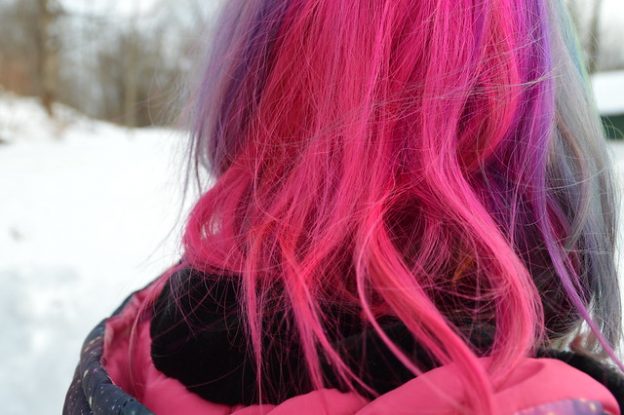In a world of internet influencers and Instagram, you don’t have to look far to see gorgeous hair of all colors, cuts and styles. From layered do’s with multicolored highlights, to short, pastel bobs, if you can imagine it, someone has tried it.
But finding a stylist with enough experience and artistry to work with Asian hair, which is notoriously thick and melanin-rich, can be difficult. But it’s not impossible—with a little research and planning, your fantasy hairstyle can be a reality. Here are six things you need to know before going to a salon to treat your Asian hair:
1.Check Out Online Reviews and Reach Out to Friends
Even top rated salons have stylists with varying levels of experience working with Asian locks. Seek out friends who might have visited the salon you’re considering to get a more comprehensive picture of it. When checking reviews online, remember to investigate who’s writing the reviews, when they were written, what the most popular treatment at the salon is, whether the stylist you’ll be working with is chatty or prefers to relax and how reviewers describe their overall experience.
2. Be Prepared for Multiple Bleaching Sessions
Although it’s fun to watch the chaos of a 12 hour bleaching session unfold on YouTube, those long bleaches can really take a toll on your hair’s health. If you’re not in a rush for a dye job, consider taking extended breaks (days or weeks) between bleaching to let your hair rest.
“The first bleach takes dark hair to orange, the second to yellow, and for platinum, hair often requires a third bleach,” says Lianne Leong (@beautybylianne on Instagram), a hairstylist of over ten years based in Los Angeles.
East Asian hair in particular tends to have “low porosity,” meaning that hair will have to be bleached multiple times to break down the fatty acids and pigment molecules that make up natural hair color. South Asian hair faces a similar problem. It tends to be more coarse, and requires extra care and even longer waiting periods between bleaching to avoid brittleness.
3. Bring Reference Picturesh
Even if you think you can describe your desired look to a T, it’s always good to bring along a picture for your hairstylist to reference. A photo is always easier to consult than a memory. Plus, you and your stylist can always discuss how to further personalize the cut and color for your unique hair texture, face shape and style.
4. Consider Length and Thickness
The length and thickness of your hair and whether it has been dyed before will determine how much bleach and dye your stylist will need to use, and how long you’ll end up sitting in the salon chair. If your hair is short, bleach will develop faster thanks to the heat from your head. If you have short hair, you might even consider saving money by having a friend help you bleach your hair at home before hopping over to the salon for a finishing color dye. If you have long hair or just want to experiment with colors, you might consider going to a salon for bleaching and trying some semi-permanent hair dye at home.
Not everyone wants or needs to bleach their hair, so Leong suggests that people “find a stylist with similar hair thickness and texture” to their own. This ensures a level of familiarity with a specific type of hair.
5. Check Out Beauty School Options
If you’re working with a tight budget, visiting a beauty school for your next hair transformation is a good option. Stylists and colorists at beauty schools are up to date on the most recent treatments and techniques. Though it might seem like a gamble, keep in mind that professionals with more experience are there to mentor students every step of the way.
6. Aftercare Tips
After all that time in the salon chair perfecting your ’do, brassy, yellow hair is the last thing you want. “After the color is lifted past orange to yellow, it won’t turn orange again, but the toner (to tone down yellow hues) will fade in a few weeks or less, so toner is needed at least every 3 weeks,” Leong says. Toner during treatment and purple shampoo after are a must for Asian hair maintenance. Before leaving the salon, be sure to ask your stylist about brand recommendations and when to come in for root touch ups.







